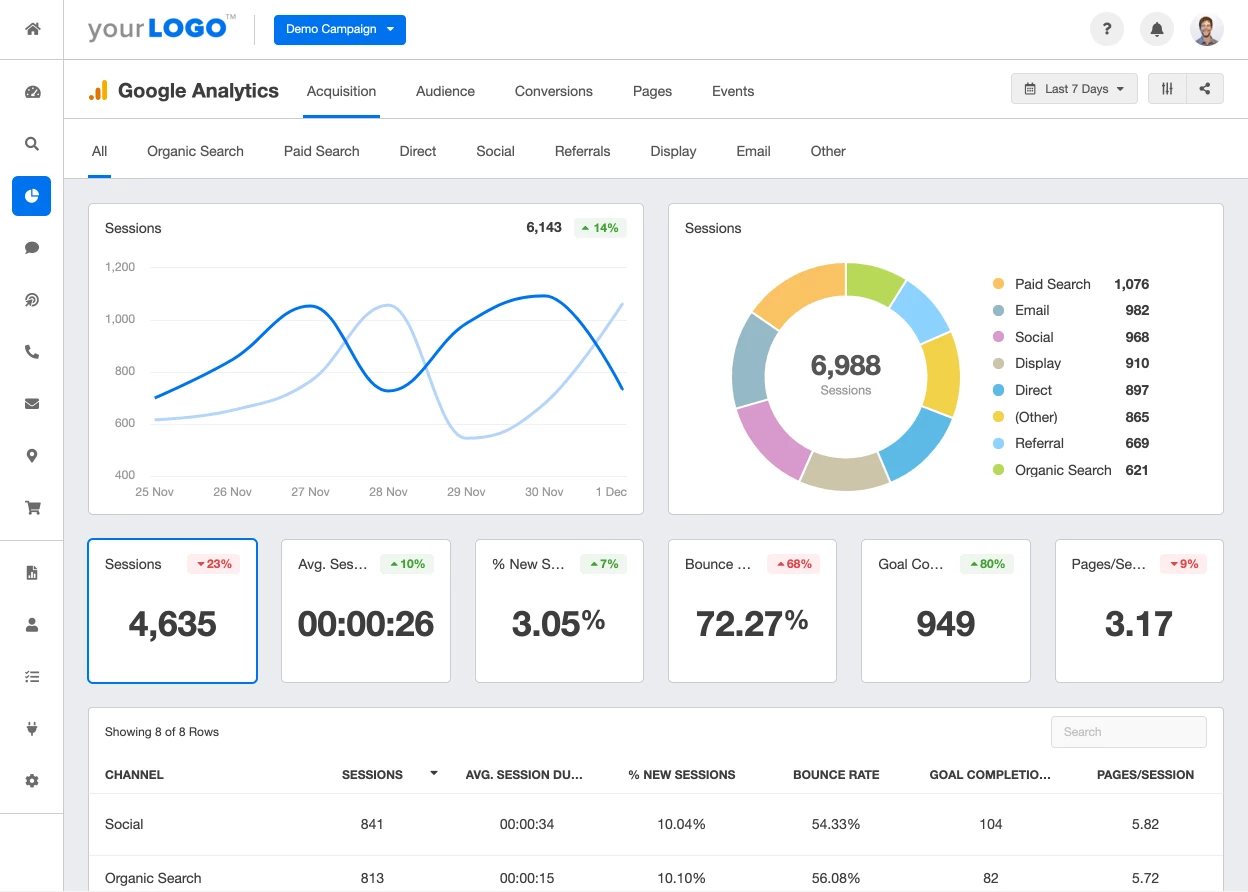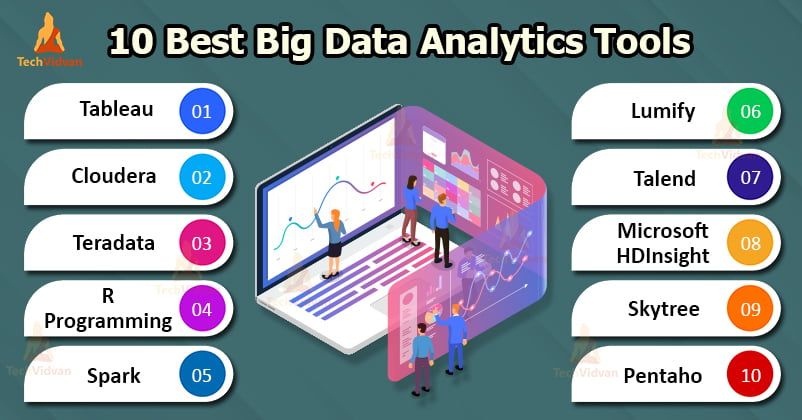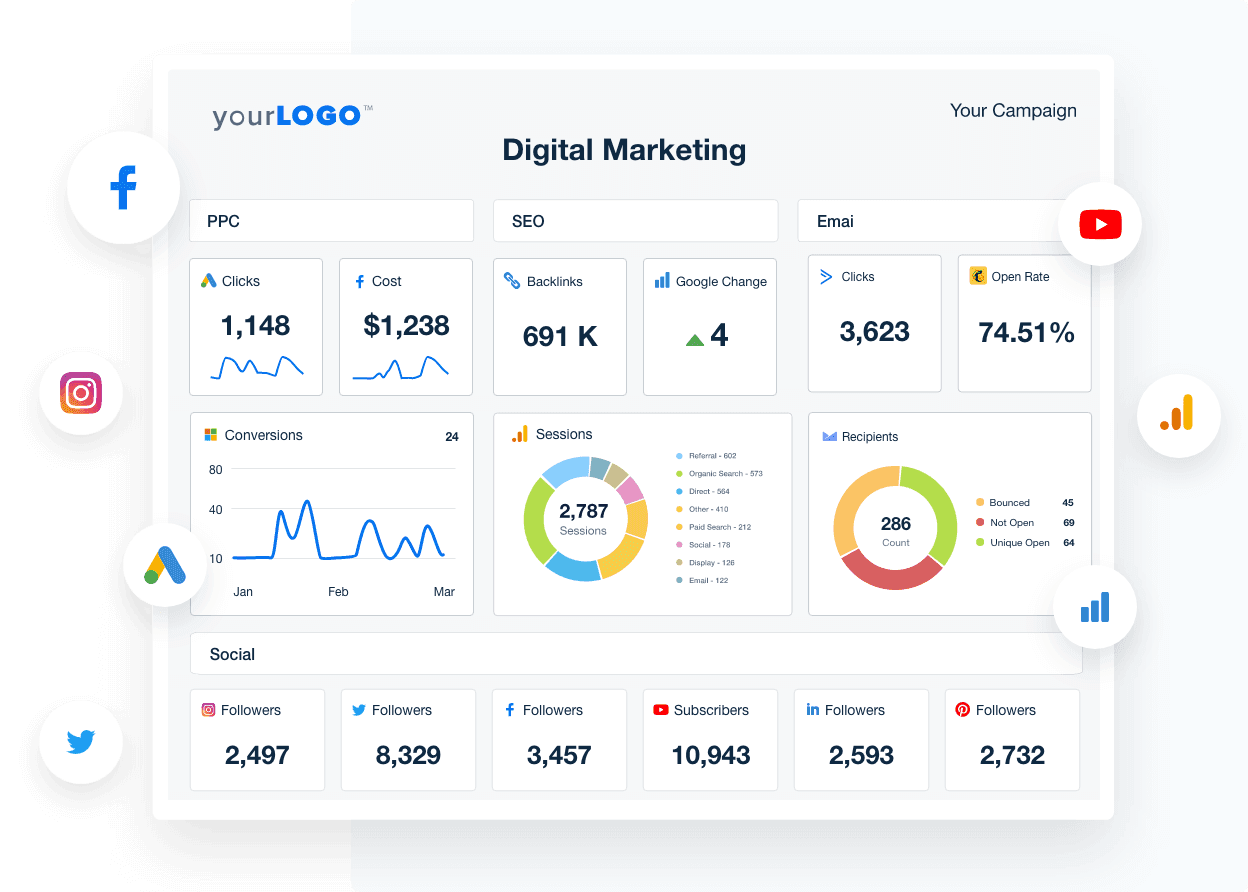Boost Performance and Success With Data Analytics
In today's data-driven landscape, companies are increasingly identifying the essential function of information analytics in boosting functional efficiency and earnings. By methodically evaluating data, organizations can uncover essential understandings that inform calculated choices, streamline processes, and tailor client experiences.
Recognizing Data Analytics
In today's data-driven landscape, recognizing data analytics is crucial for companies intending to boost operational effectiveness and drive success. Data analytics includes the organized computational analysis of data collections to discover patterns, relationships, and insights that notify decision-making. By employing various methods, such as statistical analysis, artificial intelligence, and predictive modeling, companies can transform raw data right into actionable knowledge.
The procedure commonly starts with data collection, where appropriate info is gathered from numerous resources, consisting of transactional databases, client communications, and market trends. This data is after that cleaned up and organized to make certain accuracy and uniformity. Once the information is prepared, analytical tools and software application are made use of to envision the info and discover, making it possible for stakeholders to identify abnormalities and fads.
Inevitably, understanding data analytics equips companies to make informed choices based on empirical proof rather than intuition. It promotes targeted methods that can maximize resource allotment, enhance customer satisfaction, and enhance overall performance. As organizations progressively identify the value of data-driven insights, a strong understanding of data analytics comes to be a crucial expertise for teams and leaders alike, positioning them for sustained success in an affordable environment.

Secret Benefits for Services
Companies that utilize information analytics can open a plethora of benefits that considerably improve their procedures and productivity. One of the primary advantages is boosted decision-making. Data analytics supplies workable insights stemmed from real-time information, allowing organizations to make enlightened selections that straighten with market needs and customer choices.

Furthermore, information analytics fosters enhanced client experiences. By understanding customer actions and preferences, organizations can tailor their offerings, leading to raised complete satisfaction and commitment. This customized strategy commonly results in greater conversion prices and repeat business.
Additionally, information analytics enables organizations to identify emerging patterns and chances. By staying ahead of the contour, companies can profit from brand-new markets and advancements prior to their competitors.
Executing Data-Driven Techniques
Successful implementation of data-driven techniques needs a thorough understanding of both offered data and business objectives sources. Organizations needs to first specify their purposes clearly, making certain alignment between information initiatives and strategic goals. This clearness makes it possible for groups to concentrate on appropriate metrics and insights that drive decision-making.
High-quality data is essential for exact evaluation, as bad data can lead to illinformed strategies and squandered resources - Analytics. Organizations has to develop processes for data collection, cleansing, and management to preserve data honesty.
Moreover, cultivating a data-driven culture is essential. Employees in all levels should be urged to utilize information in their everyday procedures. Educating programs and workshops can improve information literacy, equipping personnel to make educated decisions based upon analytical understandings.
Devices and Technologies Review
A durable collection of tools and technologies is vital for organizations intending to harness the complete capacity of information analytics. These devices assist in the collection, processing, and visualization of data, enabling businesses to acquire actionable insights.
At the fundamental level, data administration systems such as SQL databases and NoSQL systems give effective information storage and access abilities. For data processing and evaluation, programming languages like Python and R, in addition to structures such as Apache Glow, allow complicated calculations and equipment learning applications.
Visualization tools, consisting of Tableau and Power BI, change raw data into intuitive graphical formats, making understandings available to stakeholders whatsoever levels. In addition, cloud-based systems like Google Cloud and AWS supply scalable storage space and processing solutions, suiting the growing volumes of information companies come across.
For sophisticated analytics, predictive modeling and AI-driven options are progressively taken on, enabling firms to forecast patterns and boost decision-making procedures. Integrating these devices into existing operations is paramount; companies that effectively utilize this modern technology can dramatically improve functional performance and drive success. Hence, investing in the right tools and modern technologies is a strategic imperative for any type of data-driven organization.
Study of Success
Leveraging information analytics has led numerous companies to attain exceptional renovations in performance and success. One noteworthy instance is a click for more huge retail chain that applied anticipating analytics to enhance inventory management. By evaluating historic sales data and client trends, the company lowered excess inventory by 30%, bring about significant price financial savings and boosted capital.
An additional instance can be found in the manufacturing sector, where a leading vehicle maker used data analytics to enhance its manufacturing procedures. By monitoring maker efficiency in real-time, the organization recognized inefficiencies and traffic jams, causing a 20% rise in general equipment efficiency (OEE) This not just increased production prices but also decreased downtime and upkeep prices.

These situation studies illustrate exactly how data analytics can drive calculated decision-making, maximize procedures, and inevitably boost both performance and profitability across different sectors.
Verdict
In final thought, the assimilation of data analytics right into service procedures provides considerable opportunities for improving performance and profitability. By methodically assessing data, companies can identify inefficiencies, enhance consumer experiences, and make informed decisions. The adoption of anticipating modeling and real-time surveillance even more allows businesses to remain ahead of emerging fads and allot resources efficiently. Inevitably, the strategic implementation of data-driven approaches promotes continual affordable benefits and drives substantial renovations in operational efficiency and financial results.
In today's data-driven landscape, comprehending data analytics is vital for companies aiming to enhance operational efficiency and drive profitability. Data analytics includes the systematic computational analysis of information collections to discover patterns, correlations, and understandings that educate decision-making. Information analytics provides workable understandings obtained from real-time data, permitting organizations to make enlightened check my reference options that align with market needs and customer preferences.
Top quality data is crucial for exact analysis, as poor information can lead to wikipedia reference misdirected strategies and thrown away sources. Organizations should develop procedures for data collection, cleansing, and management to keep data integrity.
 Daniel Stern Then & Now!
Daniel Stern Then & Now! Richard "Little Hercules" Sandrak Then & Now!
Richard "Little Hercules" Sandrak Then & Now! Anthony Michael Hall Then & Now!
Anthony Michael Hall Then & Now! Sam Woods Then & Now!
Sam Woods Then & Now! Ryan Phillippe Then & Now!
Ryan Phillippe Then & Now!